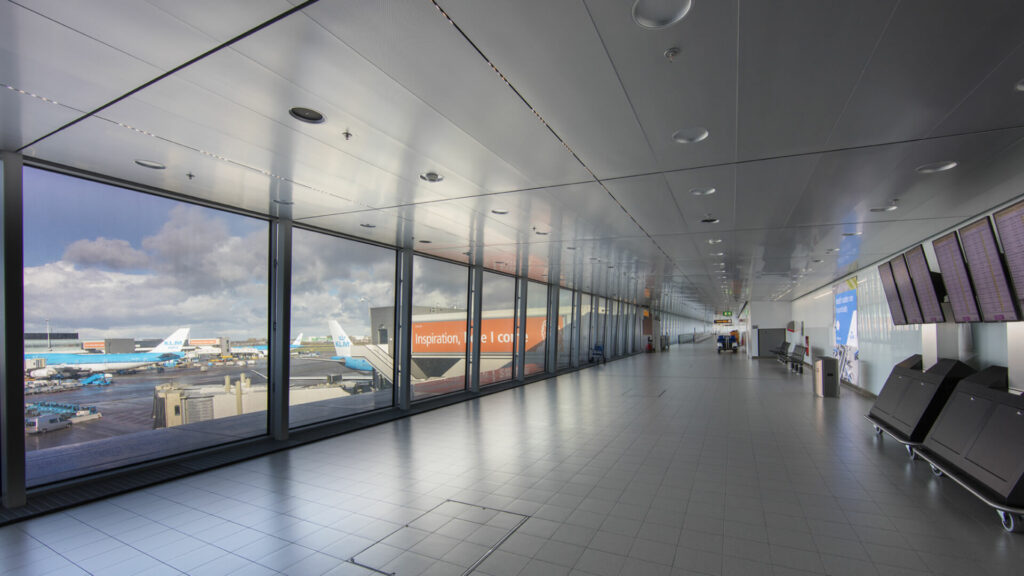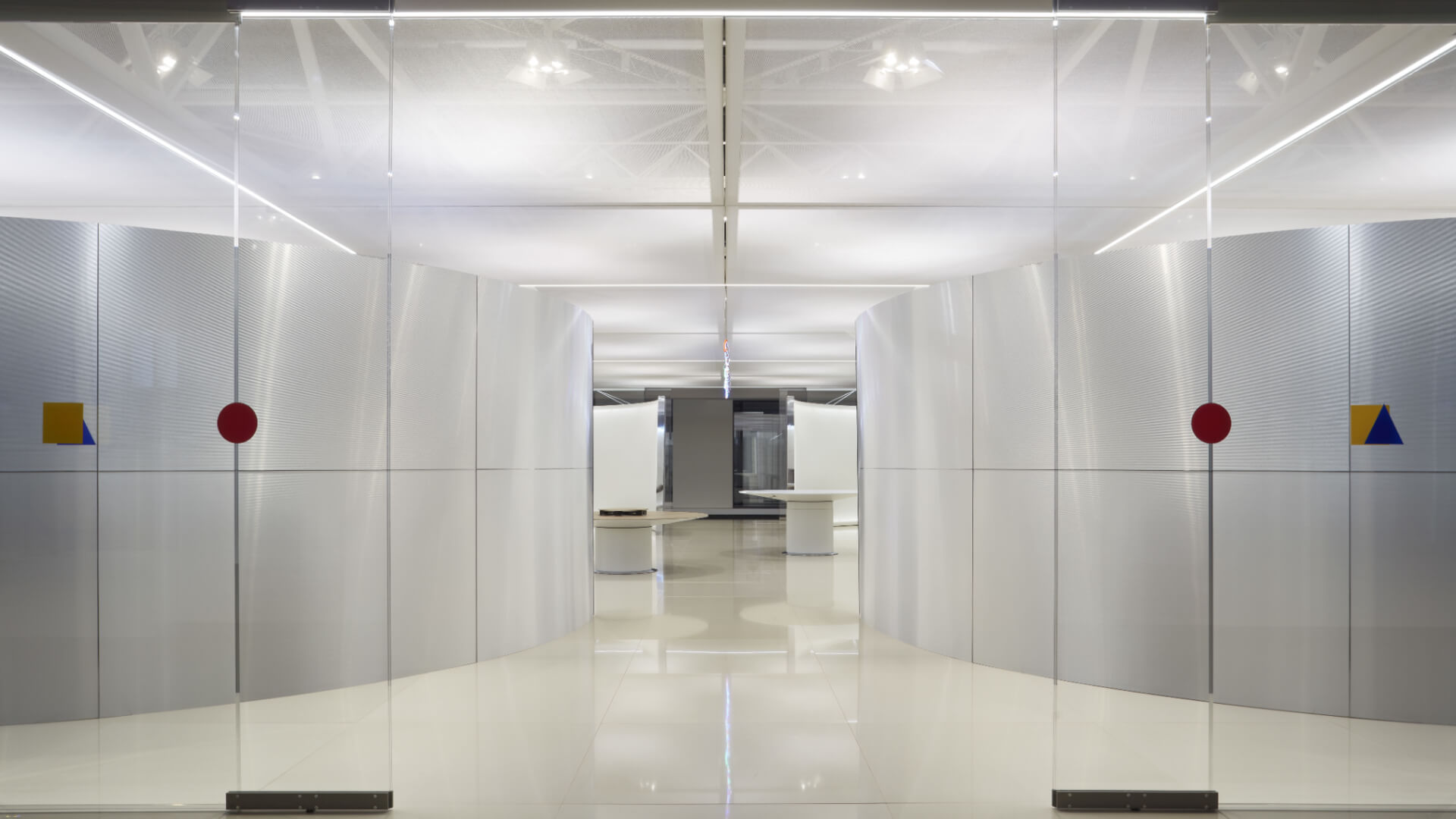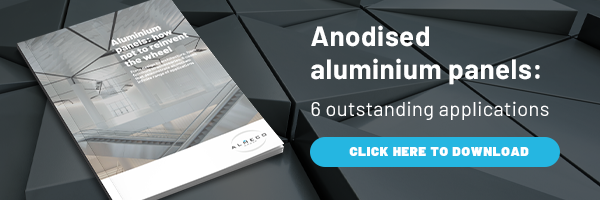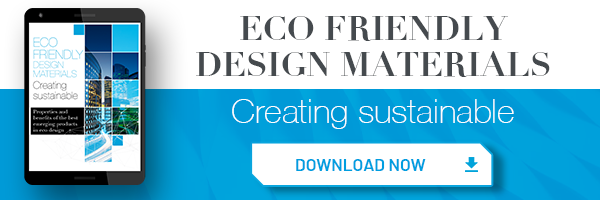Walk into most modern offices, fashionable shops, restaurants, public buildings, and even hospitals, and it is increasingly common to see aluminium used in imaginative ways as indoor cladding. Aluminium panels can either bring solidity to a space, or it can liven up an otherwise bland area. It is a material with unlimited creativity, is highly durable, non-toxic, lightweight, recyclable, and has a striking contemporary minimalistic aesthetic, which makes aluminium the perfect choice for wrapping over walls or ceilings.
Why you should use aluminium in cladding
Aluminium panels can either bring solidity to a space, or it can liven up an otherwise bland area. It is a material with unlimited creativity, is highly durable, non-toxic, lightweight, recyclable, and has a striking contemporary minimalistic aesthetic, which makes aluminium the perfect choice for wrapping over walls or ceilings.
As it is a highly sustainable material which is extremely ductile – and, therefore, poses very few limits to architectures’ creativity – aluminium is becoming an extremely important resource for an industry that is struggling in its path towards efficiency and a more sustainable approach.
Aluminium’s creative potential as indoor cladding: from functional ceiling panels to decorative solutions
Aluminium’s inherent malleability, which allows it to be bent, cut, roll shaped, curved, perforated, and moulded, means it can be designed into any shape and decorative design. From a functional use, such as false ceilings where lightweight aluminium panels are fitted to conceal wiring and ductwork, to a more decorative use as coloured wallboards, aluminium has an endless potential. The extraordinary versality of aluminium has made it popular with architects who are continuously exploiting the material’s potential by experimenting with different decorative treatments, particularly for indoor cladding solutions.
Amsterdam Airport Schiphol, The Netherlands
Aluminium panels were specified for the ceilings to Amsterdam Airport Schiphol. The material was chosen primarily for its lightness and its understated and homogenous surface. Given that the heating and cooling systems are located behind the ceiling panels, it was also important that the aluminium panels didn’t obstruct the effectiveness of the system. The treatment of the material was fine tuned to allow for its best performance while preserving the aesthetics of the aluminium.
Aluminium cladding is so much more than shiny metallic panels. Techniques like anodising have introduced a whole range of surface colours that are continuously being updated to match the latest design trends. Pairing warm, earthy colours with cool, metallic tones creates a dramatic effect for indoor cladding projects. It is also possible for aluminium to perfectly replicate other metals, including gold, copper, titanium, iron, brass, and bronze. The colour is achieved by immersion whereby the aluminium absorbs the coloured pigments.
Aluminium’s amazing flexibility means that if its metallic aesthetic is desired then its ability to be coated means that different surface finishes can be achieved. These can range from a bright and luminous mirror finish to a satin or brushed finish. When light mixes with the different finishes the appearance of the material can change to dramatic effect.

Tough, long-lasting, lightweight, corrosion resistant, hygienic – what’s not to like about aluminium?
Aluminium’s incredible versatility has been highlighted. What is less understood is that aluminium is one of the most durable, lasting for many years, and toughest metals and yet it is relatively light, being about one-third the weight of steel. By adding elements like silicon, magnesium, and lithium and using special processing techniques, aluminium can be engineered to be as strong if not stronger than some steel.
Aluminium is also highly resistant to corrosion and doesn’t require additional treatments after it has been extruded. Aluminium won’t rust, it doesn’t require coating or paint that can be scratched off, as it is protected by its natural oxide film. New anti-corrosion finishes along with hi-tech surface treatments can help make aluminium more robust than it already is. It can also be further enhanced by a variety of different finishes, such as powder coating, brushed finish, painting, media blasting, polishing or other techniques.
Being corrosion resistant, aluminium is often preferred over other metals as the need for maintenance is reduced and it has a longer life span. When specified for indoor cladding on walls or ceilings, aluminium won’t deteriorate, or bend, or discolour when exposed to strong sunlight. It can also be wiped clean, a reassuring aspect given the dominance of Covid-19 and the need for safe, hygienic environments.
If needing a material that is unique and durable for your next indoor cladding project, look no further than aluminium, a metal that continues to push boundaries.


